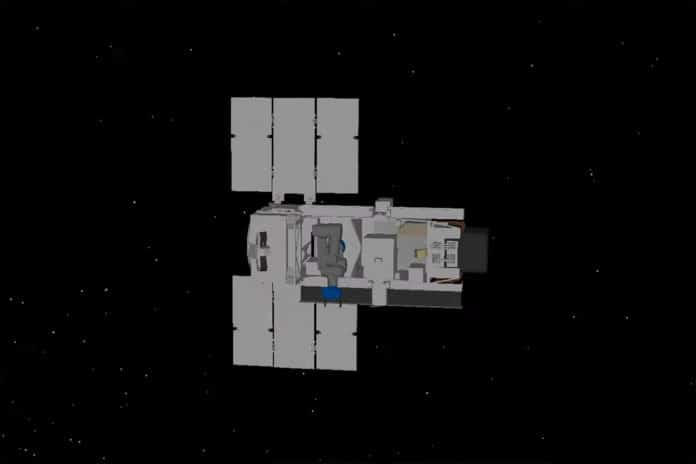Space travel has never been cheap, the space exploration missions and rocket launches are very expensive. Assembling spaceships themselves take up not just time and money but also space. One probable solution would be 3D printing the parts that make up a spacecraft, not on Earth, but directly in the space.
A California-based Made In Space, Inc. has proposed a similar idea of a small spacecraft, called ‘Archinaut One,’ that will 3D print and assemble spacecraft components in low-Earth orbit. To help achieve this, NASA has funded a $73.7 million contract to the demonstration of this technique, which the agency believes will help its mission to send astronauts to the Moon and then to Mars.
This robotic manufacturing ship is expected to launch on a Rocket Lab Electron rocket from New Zealand in 2022 or later. Once the Archinaut One is positioned, the vessel will 3D print two 32-foot (10 meters) beams on each side, with each unfurling two solar arrays. NASA says, once fully extended, these arrays could produce up to five times more power than the solar panels you normally find on spacecraft of this size.
Made In Space has already demonstrated its ability to 3D print structural beam in 2017 when it used a NASA location that simulated some of the conditions of space. But, of course, it will be much more challenging to do the real thing in the real environment along with a lack of human support if things go wrong.
Read more: 3D printers to treat burns and broken bones of astronauts on Mars
“In-space robotic manufacturing and assembly are unquestionable game-changers and fundamental capabilities for future space exploration,” said Jim Reuter, associate administrator of NASA’s Space Technology Mission Directorate. “By taking the lead in the development of this transformative technology, the United States will maintain its leadership in space exploration as we push forward with astronauts to the Moon and then on to Mars.”
